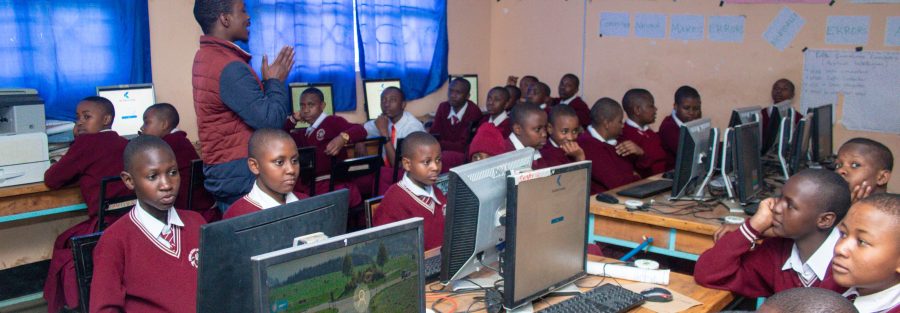In today’s rapidly evolving world, technology has become a powerful tool in education, enabling enhanced learning experiences and breaking down barriers to education. In Africa, where access to quality education remains a challenge, integrating accessible technologies holds great promise for transforming the educational landscape. This article explores five strategies that can help harness innovation and effectively integrate accessible technologies into African education, opening up new opportunities for students and educators alike.
- Building Infrastructure and Connectivity:
The foundation for integrating accessible technologies in African education begins with establishing a robust infrastructure and reliable connectivity. Governments, educational institutions, and private organizations need to invest in developing and expanding internet connectivity, ensuring that schools and communities have access to a stable and high-speed network. Additionally, providing necessary hardware, such as computers, tablets, and smartphones, equips students and teachers with the tools they need to leverage accessible technologies effectively.
- Adapting Technology to Local Contexts:
To ensure successful integration, it is crucial to adapt technology solutions to the local contexts and needs of African communities. This involves considering factors such as language diversity, cultural sensitivities, and infrastructure limitations. Collaborating with local stakeholders, including educators, students, and community leaders, can provide valuable insights and ensure that technology solutions align with the unique requirements of the region. Customizing applications and platforms to support local languages, curricula, and cultural relevance enhance accessibility and engagement.
- Promoting Digital Skills and Literacy:
Integrating accessible technologies requires equipping students and teachers with the necessary digital skills and literacy. Initiatives should be implemented to provide comprehensive training programs that empower educators to effectively incorporate technology into their teaching methods. Students should also receive guidance on digital literacy, including critical thinking, information evaluation, and online safety. By promoting digital skills and literacy, we enable individuals to navigate the digital world confidently and harness the full potential of accessible technologies.
- Fostering Partnerships and Collaboration:
Collaboration between educational institutions, technology companies, non-profit organizations, and governments is essential for successful integration. By fostering partnerships, stakeholders can pool resources, share knowledge, and collectively address the challenges associated with integrating accessible technologies. Public-private partnerships can leverage the expertise of technology companies to develop innovative solutions, while non-profit organizations can play a crucial role in implementing programs and initiatives that support technology integration in education.
- Developing Locally Relevant Educational Content:
Accessible technologies alone are not enough; the content delivered through these technologies must also be locally relevant and culturally sensitive. Creating and curating educational content that aligns with the African context ensures that students can relate to the material, fostering greater engagement and learning outcomes. This can involve developing digital resources that highlight African history, culture, and achievements, as well as incorporating local examples and case studies into the curriculum. Collaboration between content creators, educators, and local communities can help produce inclusive and relevant educational materials.
Conclusion:
Integrating accessible technologies in African education presents a tremendous opportunity to bridge the educational divide and empower learners. By adopting strategies such as building infrastructure, adapting technology to local contexts, promoting digital skills, fostering partnerships, and developing locally relevant content, we can harness innovation and drive positive change in African education. With a concerted effort from stakeholders across sectors, we can create a future where accessible technologies revolutionize learning, opening doors to new opportunities and unlocking the full potential of African students.



